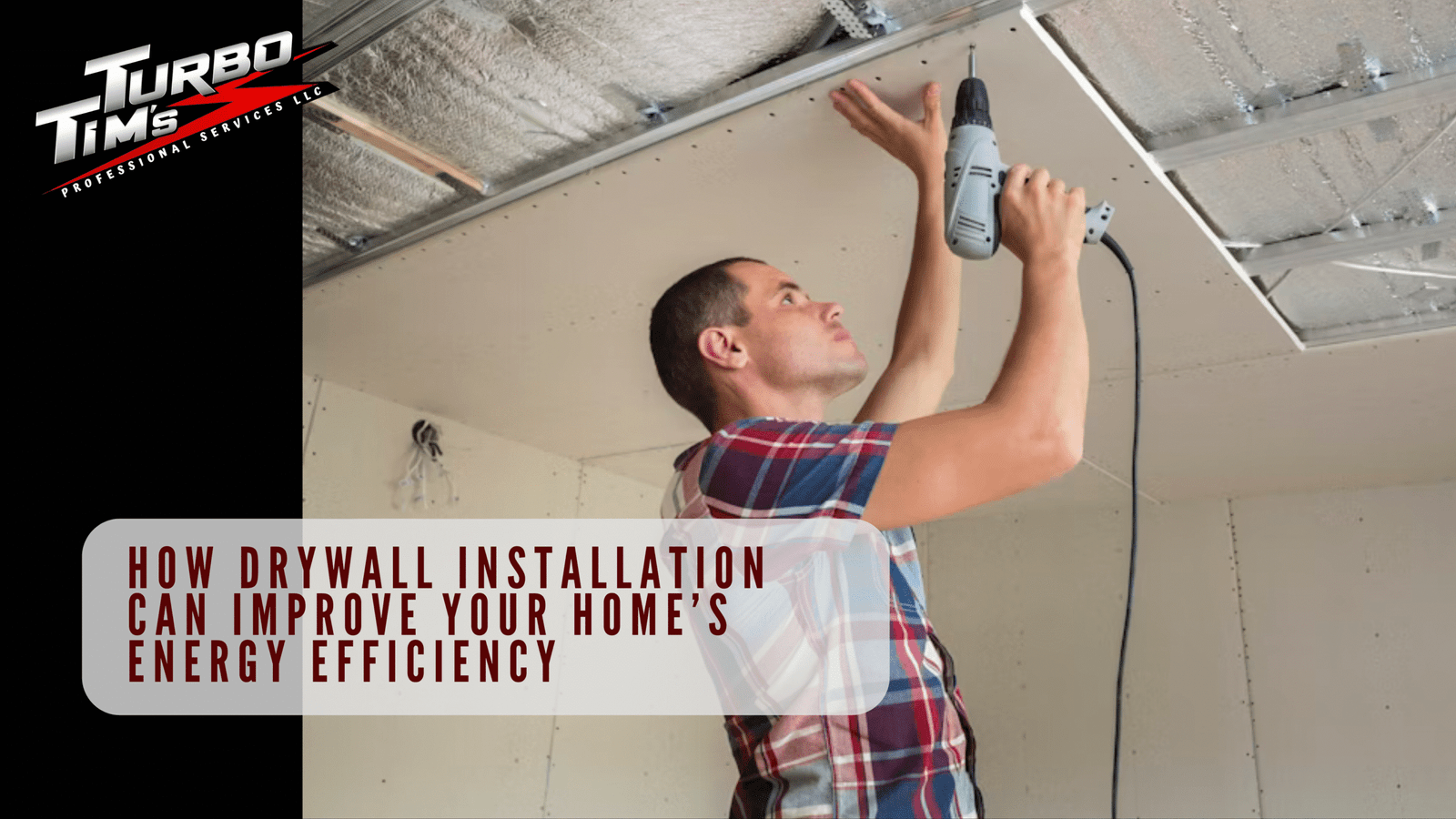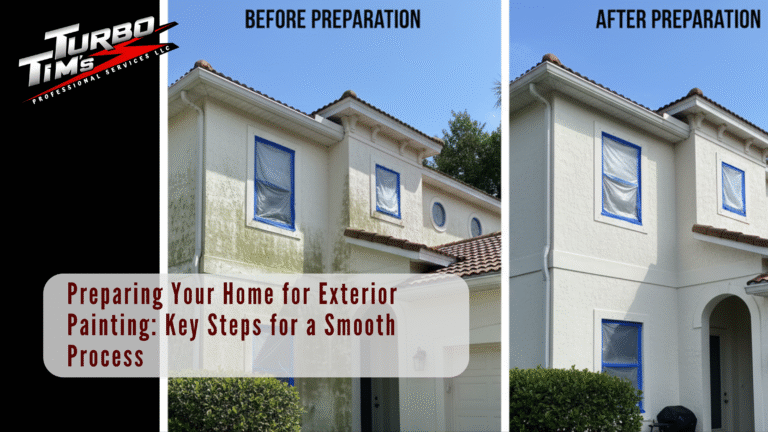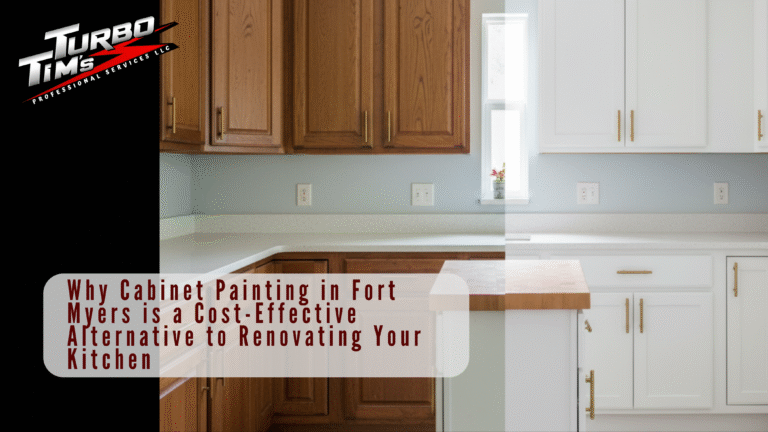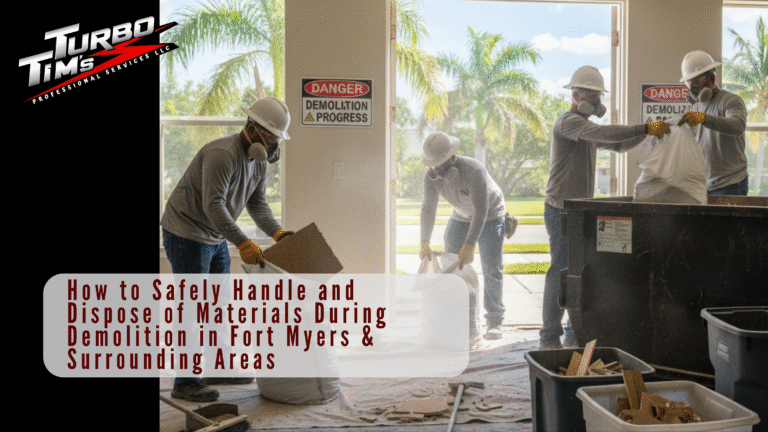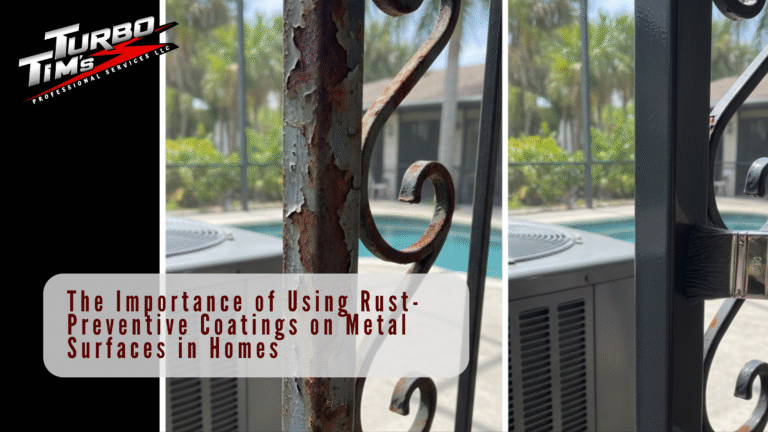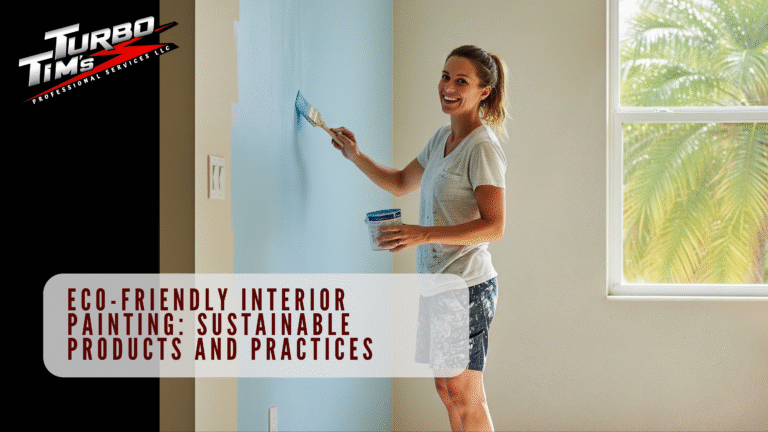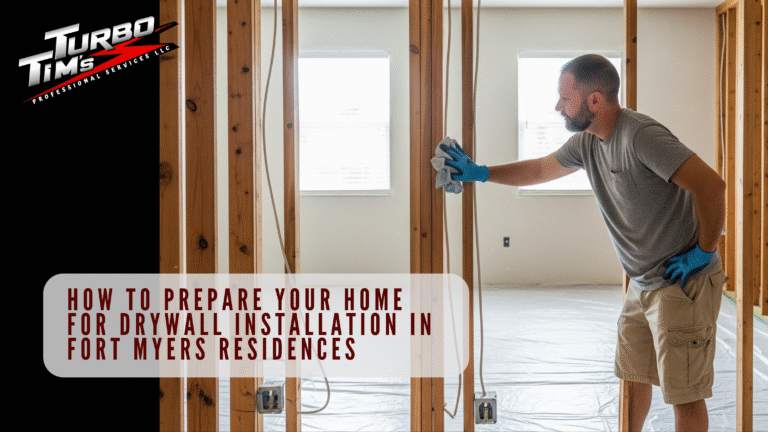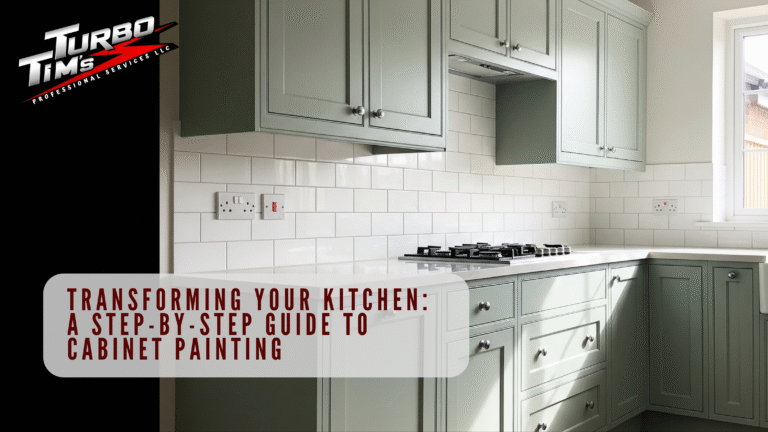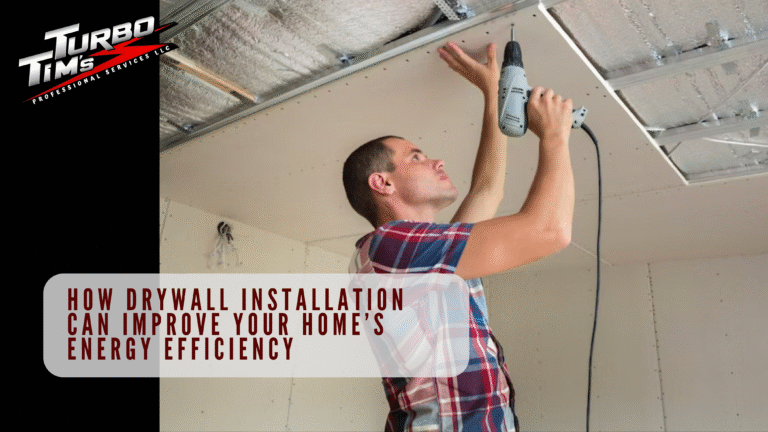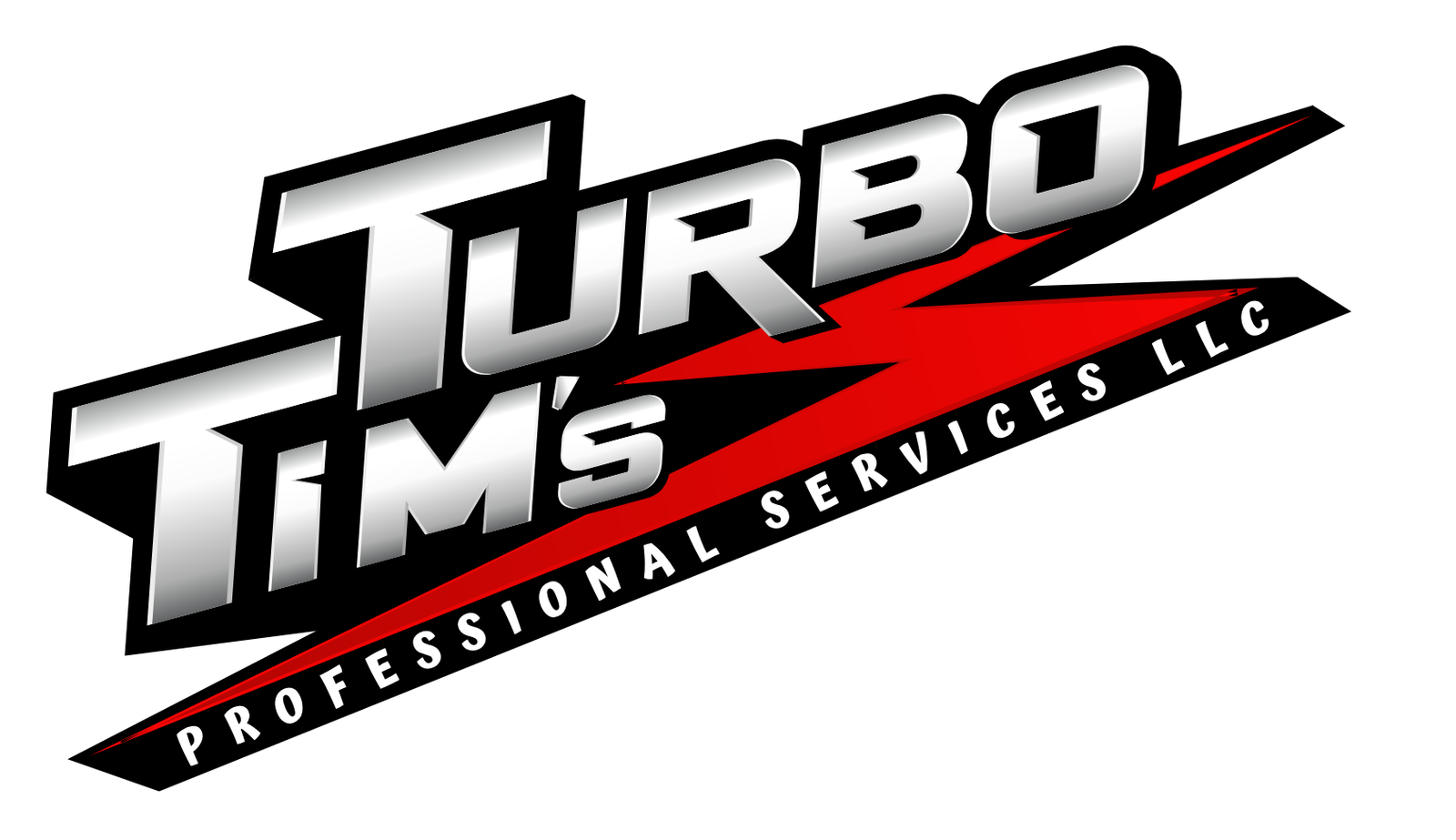When most homeowners think about boosting their home’s energy efficiency, they often picture new windows, better insulation, or energy-efficient appliances. But one often-overlooked upgrade can make a big difference: proper drywall installation.
Drywall isn’t just about creating smooth, finished walls; it can help seal your home, reduce heat loss, and keep energy bills in check. Let’s explore how drywall installation can significantly improve your home’s energy efficiency and comfort.
1. Acts as an Additional Barrier Against Heat Loss
Drywall adds an extra layer between your living spaces and the outdoors. This layer of gypsum board helps slow down heat transfer, especially when installed properly over insulation.
In winter, drywall keeps warm air inside; in summer, it helps block heat from entering. This makes it easier for your HVAC system to maintain your desired indoor temperature, reducing the energy it needs to run.
2. Reduces Air Leaks and Drafts
Small gaps, cracks, or seams in walls and ceilings can let conditioned air escape, leading to higher heating and cooling costs. Professional drywall installation includes taping, mudding, and sealing these seams, helping to close off leaks.
For even greater efficiency, drywall can be paired with caulking and foam sealant around electrical boxes, windows, and door frames. This airtight layer minimizes drafts and keeps your indoor climate stable.
3. Improves Insulation Performance
While drywall itself isn’t a substitute for insulation, it plays an important role in helping insulation do its job. When drywall is installed correctly, especially with double layers or thicker panels, it helps trap air in wall cavities, enhancing the insulating effect.
Adding moisture-resistant drywall in places like bathrooms or basements can also protect insulation from dampness, helping maintain its effectiveness over time.
4. Supports Modern Insulating Techniques
Today’s drywall installations often include advanced techniques and materials that directly boost energy efficiency:
- Foam-backed drywall panels: Combine insulation and drywall in one product.
- Insulated sheathing under drywall: Adds a layer of rigid foam or other insulating material behind drywall for improved R-value.
- Air sealing with drywall: Builders can use drywall strategically to block major air pathways, especially in attic knee walls or basement ceilings.
These methods help create a better-insulated, more energy-efficient building envelope.
5. Thermal Mass Effect
Drywall’s composition gives it some thermal mass, meaning it can absorb, store, and slowly release heat. While the effect isn’t huge compared to heavier materials like brick, it still helps moderate indoor temperature swings.
In practical terms, this means rooms with drywall walls and ceilings feel more comfortable, and your HVAC system doesn’t have to work as hard to adjust to temperature changes.
6. Energy Savings Over Time
Improving your home’s thermal performance can translate into noticeable savings on utility bills. According to the U.S. Department of Energy, sealing air leaks and improving insulation (including behind drywall) can save homeowners up to 15% on heating and cooling costs.
By investing in proper drywall installation as part of a larger energy-efficiency plan, you’ll enjoy lower bills and greater comfort year-round.
7. Boosts Home Value

Energy efficiency isn’t just good for comfort, it’s a selling point. Homes with better thermal performance, lower utility costs, and modern drywall construction can attract buyers willing to pay more.
Whether you’re remodeling a single room or building a new home, professional drywall work adds value both visually and functionally.
Tips for Maximum Energy Efficiency with Drywall
- Hire professionals: Proper installation matters; uneven seams or gaps reduce drywall’s effectiveness.
- Choose moisture-resistant drywall in wet areas: It keeps insulation dry and working efficiently.
- Seal gaps around outlets and fixtures: Use foam gaskets or sealant before installing drywall.
- Consider thicker or double drywall: It adds extra thermal mass and soundproofing.
Final Thoughts
Drywall installation is more than just finishing your walls; it’s a key part of your home’s energy efficiency strategy. By sealing gaps, supporting insulation, and adding an extra thermal barrier, drywall helps maintain comfortable indoor temperatures and reduce energy bills.
If you’re planning a renovation or building a new home, talk to your contractor about drywall techniques and materials that can maximize your home’s efficiency. Investing in quality drywall installation today can pay off with lower energy costs and better comfort for years to come. Contact us today!
